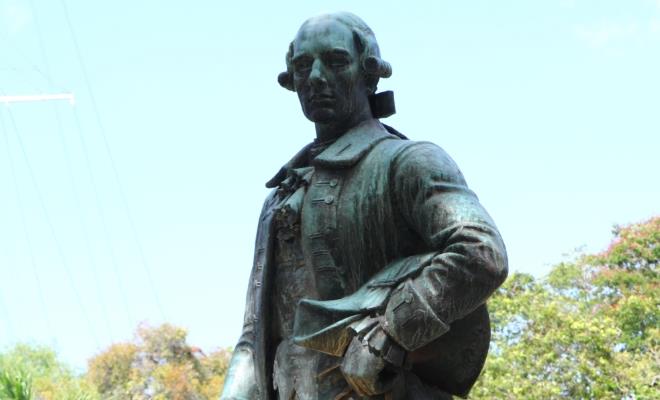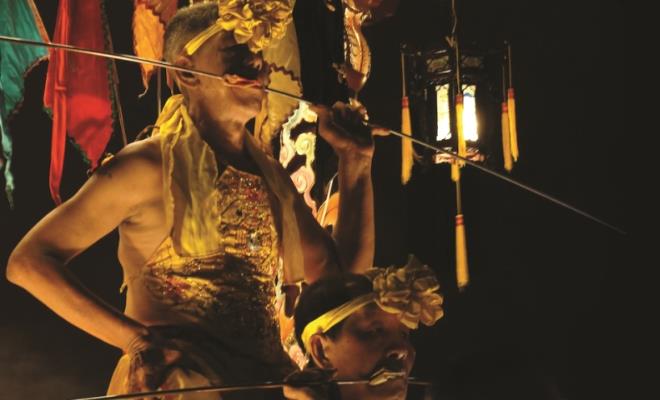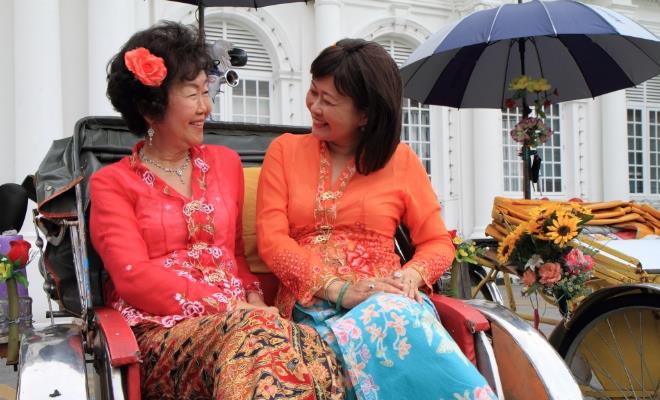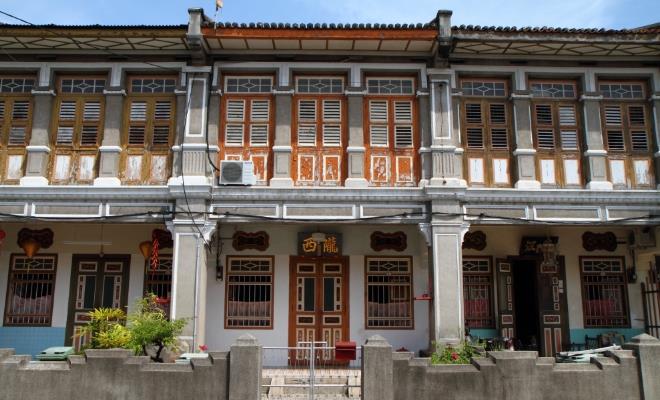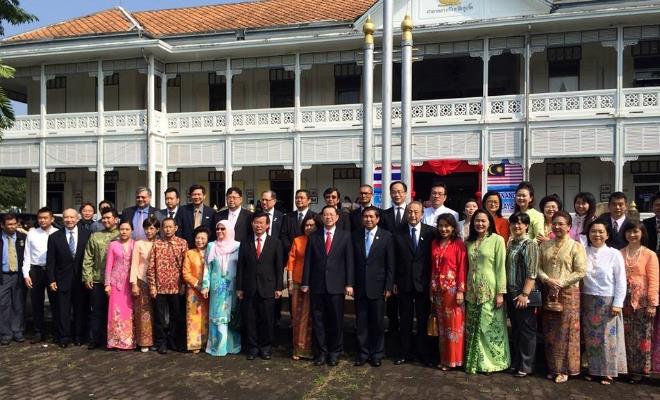PENANG STORIES
Tale of Twin Cities
History
Captain Francis Light, founder of Penang and its capital George Town arrived in
Phuket in 1772 and married Martina Rozells, a Thai-Portuguese lady from
Phuket. Penang was founded in 1786, and thereafter, Catholic communities
from Southern Siam and Kuala Kedah resettled in Penang. Most of the Eurasians
in Phuket moved to Penang, and formed the core Christian group in the new
colony. The Church of the Immaculate Conception in Penang's Pulau Tikus was
built under a Thai-Portuguese priest, Father John Baptist Pascal.
In 1810, the remnants of Thai-Portuguese Catholic parishioners in Phuket
fled to Penang when security issues involving Burmese invaders
surfaced. The Eurasians of Penang traced their ancestry from Siam and not
Malacca. With a policy encouraged by the King of Portugal, more Portuguese were
settling in Ayutthaya, the second capital of the Siamese Kingdom, and the
Andaman coast. This was besides people from Goa, Malacca, Macau and the
Moluccas islands, in the aim to increase overseas Christian population of mixed
Portuguese blood.
Culture
Penang and Phuket both celebrate the most important Taoist festival such as the
Vegetarian and Nine Emperor Gods festivals. Phuket first celebrated the
Vegetarian Festival at Kathu, a district of Phuket Province, in 1825. The
celebration rituals were later brought to Penang in the late 19th century, where the main Nine Emperor
Gods temples inherited their fire urns and plaques from temples in Phuket.
There are further links between the such as the Tow Moo Keong temple in
Penang's Noordin Street inherited its sacred fire from Phuket's Kathu Shrine;
and Penang's Tow Boh Keong temple in Hong Kong Lane inherited its sacred
objects from a Phuket temple.
Other than the similarities of Taoism customs, they are also linked
through Peranakan culture. The tin mining boom in Phuket attracted the Chinese
Peranakan families from Penang, and the inter-family marriages kept the
Peranakan tradition alive.
Architecture
The cultural built heritage of Phuket resembles that of Penang's British
Straits settlements. The Straits Chinese architecture is usually called
‘Sino-Portuguese’ by Thai architects today and Phuket’s shophouses bear a
resemblance to those in Penang.
People
The family of Khaw Sim Bee, headed by his father Khaw Soo Cheang, migrated to
Penang from Zhangzhou, Fujian in 1822. The Khaw family later established a tin
mining and shipping business in Southern Siam, which progressively flourished.
This led to Khaw Soo Cheang being appointed as the Royal Collector of tin
royalties in the Ranong area and later, governor of Ranong. The
appointment made history in the Thai Kingdom as Khaw Soo Cheang was the first
non-Thai who was granted such a high position.
Khaw Sim Bee, the youngest and most well-known son of the Khaw family almost
single-handedly saved the economy of Southern Siam. When the tin industry faced
dwindling supplies in the 20thcentury, he introduced rubber tree
planting in Trang. The rubber industry gradually expanded to Phuket, and rubber
was exported through Penang’s port to meet the industrial demand of Britain.
Khaw Sim Bee became governor of Trang and Commissioner of Monthon Phuket, which
included seven provinces: Phuket, Thalang, Ranong, Phang-Nga, Takuapa, Krabi
and Satun. He was greatly remembered as the Father of the Rubber Industry in
Thailand.
Today
The signing of Memorandum of Understanding (MoU) on 18 Sept 2014 marks the
culmination of a 100-year engagement between Penang and Phuket. Sharing
rich culture and history, and driven by common values of honesty, hard work and
tolerance of new ideas and diversity, the newly acquainted friendship city
status will generate the exchange of expertise in areas of tourism, business
and cultural heritage.
